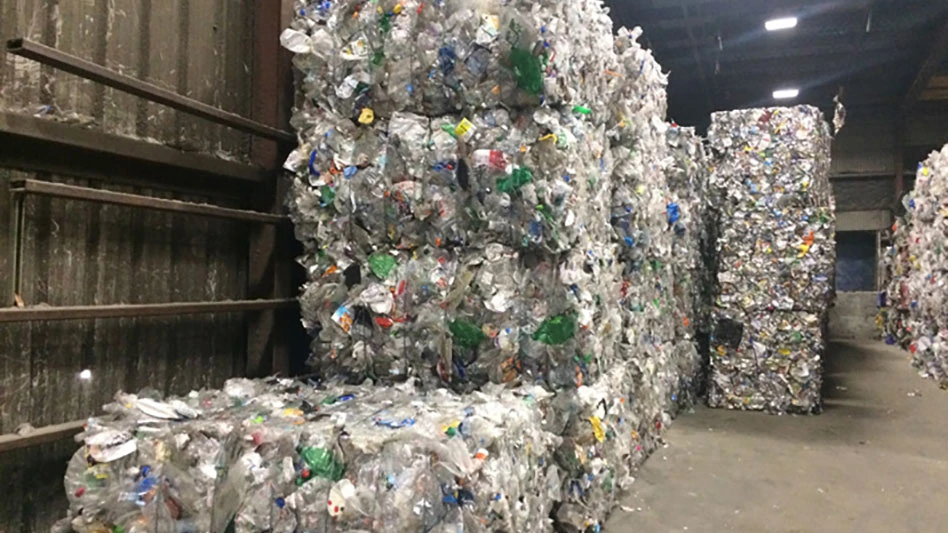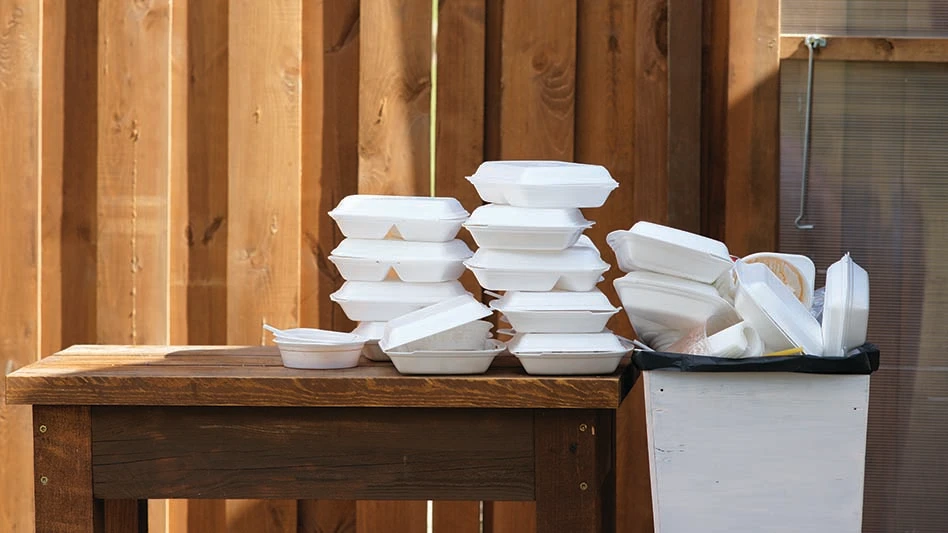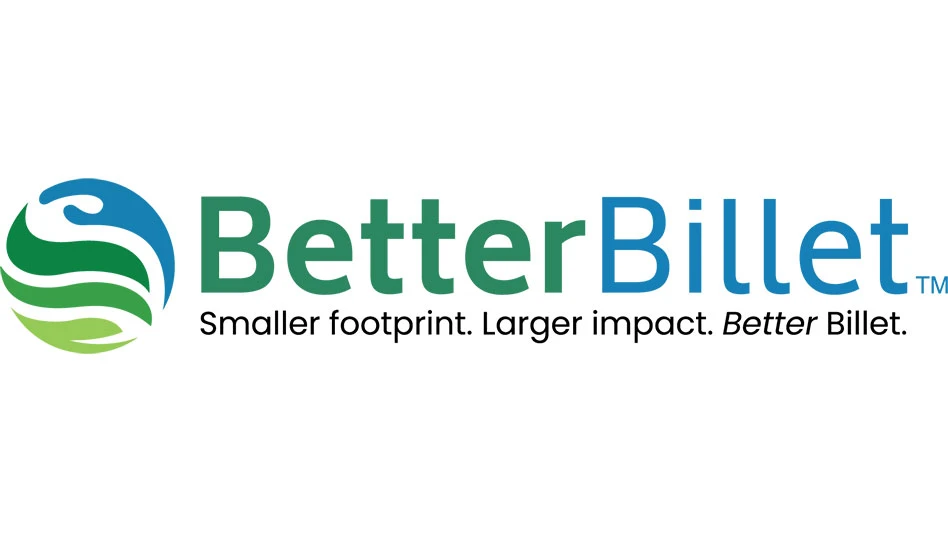Overview: Change and Challenge Characterize ferrous scrap industry
This is Recycling Today’s first in a series of secondary commodity supplements that will appear in the magazine in 1998. Each supplement is designed to give you an overview of the critical issues within each industry and complements the in-depth and cutting edge coverage that you will find in the pages of Recycling Today throughout the year.
We’ve divided our Ferrous Scrap Supplement into five basic parts. In Part One, Contributing Editor Curt Harler reviews the changes in the ferrous scrap industry during the past 12 to 24 months. He reports on the patterns of scrap flow to domestic markets and away from traditional exports.
Two trends to watch that could vault the U.S. to a position where it consumes all of its own scrap and exports finished product overseas are the increased ability of scrap processors to enhance chemical quality control at the scrap preparation stage and the likely successful deployment of two or three designs of mini-smelters.
Transportation, especially by rail, will figure largely in ferrous scrap economics in 1998. As the gondola car shortage eases and the rail lines become “decongested,” it will be more economical to transport ferrous scrap by land as opposed to by sea.
To help you keep track of the changes in ferrous scrap flow, the supplement contains Recyling Today’s exclusive “scrap map.” Managing Editor Brian Taylor has tracked scrap flows to 60 of this country’s high tonnage mini-mills. The heaviest flow is from scrap processors in the Midwest/Great Lakes and Northeast regions to points south. This comes at the expense of scrap flows to points east such as Turkey and points west, including the Asian continent.
Virtually every industry eventually rises and falls on the strength or weakness of the customer-vendor relationship. The ferrous scrap industry is no exception. Perhaps, what has most affected this relationship is the rise of the steel mini-mill. In Part Three, “Can’t We All Just Get Along,” Brian Taylor discusses how long-term contracts, vertical integration and quality certification remain key issues between processors and mills.
Two of the most sticky issues between processors and mills are that of quality and cost. In Part Four, “Scrap Processors Can Meet the Quality Challenges,” Brian Taylor reports that the buzz phrase heard throughout the industry is “least cost suitable charge” (LCSC). Simply put, the LCSC is making a quality product at low enough cost to sell that product at a price the market will bear. To meet the LCSC formula, mills are using sophisticated software to determine what they should be melting, depending on costs and chemistry. And, one leading metallurgist recommends that scrap processors who want to stay on the good side of mills would do well to use a spectrometer to analyze samples from shipments that they send to their clients.
An interesting aspect to our language is that it’s constantly evolving. In Part Five, we offer a “Glossary of Terms,” to help you keep up with the terminology changes in the industry.
Finally, we would like to hear from you. Please let us know your opinion of this supplement, Recycling Today, or anything pertaining to recycling by contacting us at: Recycling Today, 4012 Bridge Avenue, Cleveland, OH 44113; 216-961-4130; 216-961-0364 (fax)
The author is editor of Recycling Today.
Get curated news on YOUR industry.
Enter your email to receive our newsletters.

Explore the August 2001 Issue
Check out more from this issue and find your next story to read.
Latest from Recycling Today
- GFL opens new MRF in Edmonton, Alberta
- MTM Critical Metals secures supply agreement with Dynamic Lifecycle Innovations
- McClung-Logan Equipment Company joins Tana’s authorized dealer network
- Grede to close Alabama foundry
- Plastics Recycling Conference 2025: Working toward their targets
- SWACO rolls out new commercial recycling and food waste programming
- Updated: Matalco to close Canton, Ohio, plant
- Metso launches electric Anode Weighing and Casting Machine






